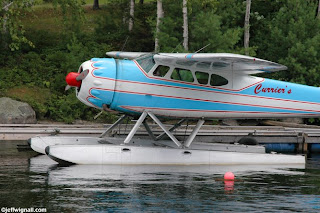 Knock-on-wood I've never lost a camera or a cell phone (although I lose my cell phone around the house almost daily), but I'm sure it happens to people everyday. Your odds of getting that camera or phone back are, I would imagine, pretty dismal even if you have a name label on it or have your name etched into it. I just discovered a service, however, called TrackItBack that claims to have an 85-percent success rate at returning their members' lost possessions to them.
Knock-on-wood I've never lost a camera or a cell phone (although I lose my cell phone around the house almost daily), but I'm sure it happens to people everyday. Your odds of getting that camera or phone back are, I would imagine, pretty dismal even if you have a name label on it or have your name etched into it. I just discovered a service, however, called TrackItBack that claims to have an 85-percent success rate at returning their members' lost possessions to them.This is how it works: For a small fee (ranging from $9.95 to register a single cell phone to $149.95 to register 20 different items) you register your valuables with the company and they send you stickers to place on the items. If you lose your camera or lens or cell phone and someone finds it (and sees the sticker) they call a toll-free number and are given instructions for returning the item at no charge. They can even drop it off at a "safe" location (a UPS store, for example) if they don't want to be bothered shipping it.
As a reward for their honesty they are given a quantity of TrackItBack stickers and a free membership to the service. You can also register to give the finder a specific cash award--but it's not required. Does the service work? Apparently it does. Not only do they claim to recover that 85-percent of lost registered valuables, but a television station in Chicago tested the labels by intentionally losing two cell phones in the city--and both were recovered within two hours. There is a news video of the experiment on the site.
By the way, the service works in many places around the world including the United States, Canada, Mexico, much of Europe, parts of South America and South Africa and Australia. And I'm sure the service will grow. It seems like $9.95 is a small price to pay to recover an expensive point-and-shoot camera that you've left in a restaurant or airport. I'm going to contact the company today to be sure the service works for DSLR and larger cameras and if it does I'll register a few of my cameras. They also sell registered tags for your luggage--and that could be a real trip saver!
If you end up using the service and have to put it to work, let me know and I'll publish your experiences.

























